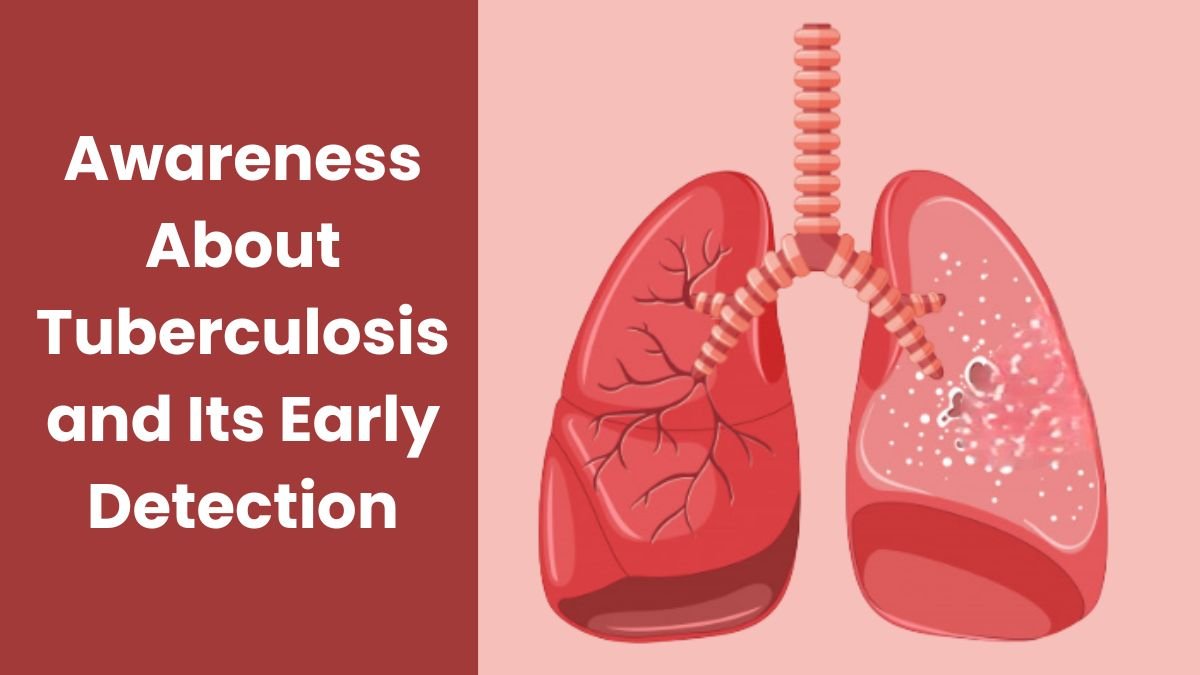Introduction: Though abbreviated TB, which is referred to as tuberculosis as well, it remains a major health challenge in the world. The World Health Organization (WHO), averred that millions of people, particularly in developing nations, are influenced by TB annually. The second most populous country in the world; India, records the highest number of cases of TB in the world.
In the article, we will learn how early detection of TB is necessary, its effective ways, new technology, the social angle, and other critical points associated with it in human and lay language.
What is TB and how it is transmitted?
TB is a pathogenic disease that is called Mycobacterium tuberculosis.. This disease is normally confined to the lungs, although it can be distributed to other areas of body as well. The disease is air borne, particularly, when the infected suspects coughs, sneezes or shouts loudly.
Why should TB identification be done early?
TB can be cured, however, in case it is not diagnosed on early stages, it may acquire a severe form, and it may even be transmitted to other individuals. Hence, it is quite significant that it should be identified as early as possible. The primary causes of the same are as follows:
- Disease prevention: Early detection may assist in early treatment of the individual and avoid a chain reaction that may affect other people.
- Higher success rate in treatment: Starting treatment at an early stage can lead to early and successful treatment of the patient.
- Reduce burden on the health system: Late identification leads to an increase in the disease, which increases the pressure on hospitals.
- Reduce social and economic impact: Late identification reduces the patient’s efficiency, which affects his livelihood.
Main methods of early identification
- Contact tracing and screening: When a person has TB, it is very important to check his family and close people. This can find out whether anyone else has been infected or not.
- Health education: Making people aware of the symptoms and risks of TB is an important step towards early detection.
- Diagnostic tests and examinations: Today, TB is detected through several modern techniques:
- GeneXpert MTB/RIF test: It is a nucleic acid based test that gives quick results and also detects drug resistance.
- Interferon Gamma Release Assay (IGRA): It tells through a blood test whether a person has TB infection or not.
- Portable X-Ray + AI (Deep Learning Model): Along with mobile X-ray machines, AI based software can now automatically identify TB.
- ELISA test: A high sensitivity test that detects the reaction of disease-causing antibodies.
Recognizing the symptoms of TB
Early detection is possible only when we recognize the symptoms of TB at the right time. The common symptoms are as follows:
- Persistent cough for more than two weeks
- Blood in sputum
- Weight loss
- Fever and night sweats
- The loss of appetite
Weakness and fatigue
It is important to note that these symptoms also can be related to other diseases, but in case they prolong, then it is necessary to test on TB.
Importance of technological innovations in the early detection
Science and technological development have ensured it is efficient and non-complicated to detect TB when it is still in the early stage. The portable X-rays as well as mobile labs and AI-based programs have made TB screening available even in hard-to-reach locations.
The X-ray scanning by AI is a blessing in disguise more so in rural settings where specialist services are scarce. This kind of technology makes detection of TB quicker and efficient.
Issues and difficulties
Despite the steps that have been made at the rate of technology, there are still a number of challenges:
- Literacy and awareness defacement: A lot of individuals do not attach importance to TB ailments.
- Social stigma of TB: TB is believed to be untouchable because of this people fear going to test.
- Challenges to availability of health services: Health services in the rural and poor regions are scarce.
- Financial constraints: The financial constraint is also the fact that testing and treatment is expensive, more so to those who are living on a daily basis.
Options and opportunities
- Improved execution of government programs: There are schemes based on government programs such as Nikshay Poshan Yojana in India, which help in giving financial support to the TB patients within the treatment period. Much needed is awareness of these.
- Community health worker: Anganwadi workers, Asha and the Panchayat workers could be used to disseminate awareness to community about TB testing and treatment.
- School and college health education: It may also be helpful to educate students about TB at early stages when they are still in colleges and in schools.
- Coordination of private and government health services: Private doctors should also be included in TB reporting and referral so that not a single case is missed.
Role of scientific research
Today there is a need to research on new and affordable techniques related to early identification of TB. There is a need to develop easy-to-use tests, especially in rural areas.
A systematic review shows there is still room for improvement in TB testing. Unless everyone has access to testing, we will not be able to completely control TB.
Conclusion
TB should not necessarily only be the problem of health sector in early detection of TB, but it is a social responsibility. With the unity of awareness, technological innovations, policy-making and the social participation, we will be able to eliminate through its early detection a serious disease such as TB.
